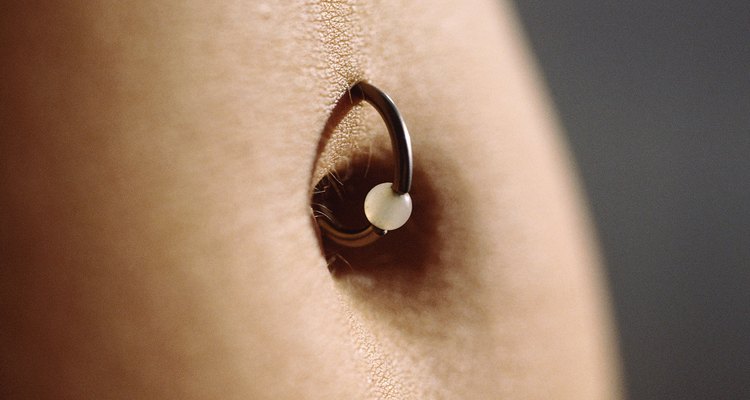
Stockbyte/Retrofile/Getty Images
Navel piercings, often referred to as belly button piercings, take six months to a year to heal. Parents considering allowing their teenager to receive this piercing need to assess that maturity level of the individual. A teen that lacks motivation to clean their room may not have the discipline it takes to properly care daily for an open wound, such as a navel piercing. A commitment from the parent and teen is necessary when considering a navel piercing.
Anatomy
You must have specific anatomy to receive a navel piercing. Navels that close, or wink, when sitting down are not candidates for navel piercing. The pressure cause by the top and bottom of the navel joining while sitting can cause irritation to the piercing and force the jewelry to migrate. “Outie”, or herniated umbilicus, navels are dangerous to pierce. If an infection occurs during the healing process, the infection can travel to the intestines or other organs. Blood vessels are prominent in this area and a piercing can also cause excessive bleeding. Professional piercers refuse to pierce “outie” navels for these reasons.
Age Limit
While in some states there is no age limit for piercings, most professional piercers refuse to pierce minors. Most states require a present parent and state-issued photo identification from both the teen and parent. As a teenager, the body is still growing, and navel piercing jewelry will migrate out of the body as a teenager grows in height, leaving the teen with a permanent scar.
If the piercer does pierce minors, a consultation between the teen, parent and piercer takes place before the piercing. The piercer explains the aftercare and risks of the piercing. The parent must then decide if the teen can properly care for the navel piercing to avoid infection. Piercers that notice immaturity during the consultation, such as a teen not paying attention to an aftercare speech, may refuse to pierce the teen.
Aftercare
Healing a navel piercing requires washing the piercing and jewelry in the shower once a day with a mild soap and warm water. Hands, fingers and mouths cannot touch the piercing during the healing period—or after the piercing is healed—to avoid bacterial infections. Avoid wearing clothing that touches the navel piercing or jewelry when sitting or standing. If wearing pantyhose or participating in sports, place a vented eye patch over the piercing and clip an ace bandage around your torso to protect the piercing. Swimming in lakes, oceans, pools and hot tubs is impossible without a bandage over the piercing that is water resistant. Only change the navel jewelry once swelling is absent from the navel piercing and irritation is minimal.
Related Articles

Reactions to Nose Piercings

How Long Should I Wait to Get My Nose ...
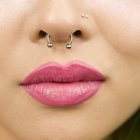
How Long to Wait Before Changing a Nose ...

How Do They Pierce Your Ears With ...
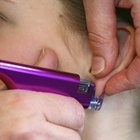
Ear Piercings & Swimming

Male Nipple Piercing Information
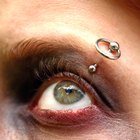
Different Body Piercings for Women

How to Repair Ear Gauges

How to Keep a Piercing From Rejecting

Professional Way to Clean an Eyebrow ...

Types of Piercing Needles

Taking Care of Gauged Ears
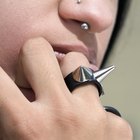
Information on Nose Piercings

List of Body Parts That Can Be Pierced

How to Disinfect Ear Plugs

Why Do People Pierce Their Ears?
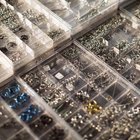
Complications of Nipple Piercing

How to Take Out a Lip Ring Stud

How to Prepare for a Nose Piercing
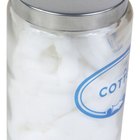
How to Care for a Rook Piercing
References
Writer Bio
Maude Coffey retired after 10 years working as a professional body modification artist in the tattoo industry. She is certified in principles of infection control and blood-borne pathogens. Coffey received additional training and classes, such as anatomy, jewelry standards and aftercare, from the Association of Professional Piercers. Coffey aims to educate about safe tattooing and piercing practices while writing for various websites.
Photo Credits
Stockbyte/Retrofile/Getty Images